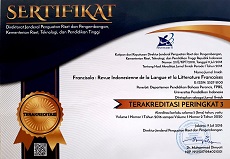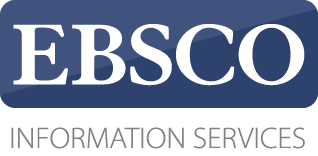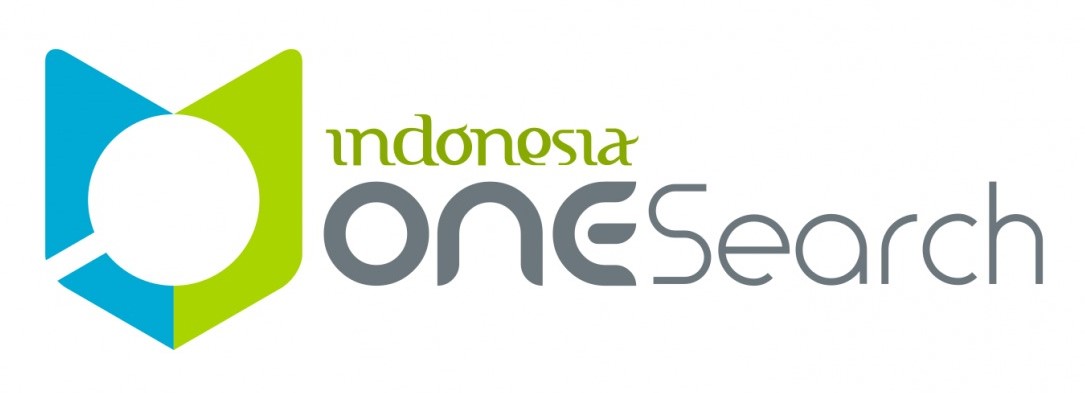Modèle d’apprentissage de la production écrite basé sur la classe inversée
Abstract
Cette recherche en R&D vise à concevoir et développer un modèle d'apprentissage destiné à soutenir l'acquisition des compétences rédactionnelles des étudiants de langue française au niveau A2 du DELF (Cadre Européen Commun de Référence pour les Langues - CECRL). Ce modèle se concentre sur la rédaction de textes narratifs et repose sur une approche de classe inversée. L’objectif est de proposer une alternative innovante pour l’enseignement de la production écrite, adaptée à des modalités d’apprentissage soit en présentielle ou en hybride. Le résultat final de cette recherche est la création d’un site web interactif comprenant : un scénario pédagogique, des supports éducatifs, des exemples d’exercices accessibles en ligne. Dans ce cas -là, l’évaluation par des experts a donné les résultats suivants : faisabilité générale du modèle d'apprentissage 100 % ; faisabilité des médias développés 65 % ; faisabilité du scénario d'apprentissage 92 % ; Total des jugements d’experts 89 %. Ces évaluations placent le modèle dans la catégorie très bien, confirmant son applicabilité à l’apprentissage de la production écrite pour le niveau A2.
Mots-clés : classe inversée; modèle d'apprentissage; production écrite du niveau A2
Full Text:
PDFReferences
Adawiyah, A. Al. (2015). Développement Du Modèle Creative Problem Solving Pour La Production Écrite Dans L’enseignement Du Français Touristique.
Chilingaryan, K., & Zvereva, E. (2017). Methodology of Flipped Classroom as a Learning Technology in Foreign Language Teaching. Procedia - Social and Behavioral Sciences, 237(June 2016), 1500–1504. https://doi.org/10.1016/j.sbspro.2017.02.236
Evseeva, A., & Solozhenko, A. (2015). Use of Flipped Classroom Technology in Language Learning. Procedia - Social and Behavioral Sciences, 206(November), 205–209. https://doi.org/10.1016/j.sbspro.2015.10.006
Hamied, F. A., & Malik, R. S. (2017). Research methods: A guide for first-time researchers. UPI Press.
Jensen, B. A. (2019). Using Flipped Learning to Facilitate Cross‐Cultural Critical Thinking in the L2 Classroom. Die Unterrichtspraxis/Teaching German, 52(1), 50–68. https://doi.org/10.1111/tger.12084
Khosravi, R., Dastgoshadeh, A., & Jalilzadeh, K. (2023). Writing metacognitive strategy-based instruction through flipped classroom: an investigation of writing performance, anxiety, and self-efficacy. Smart Learning Environments, 10(1). https://doi.org/10.1186/s40561-023-00264-8
Lee, G., & Wallace, A. (2018). Flipped Learning in the English as a Foreign Language Classroom: Outcomes and Perceptions. TESOL Quarterly, 52(1), 62–84. https://doi.org/10.1002/tesq.372
Mody, M., & Silliman, E. R. (2008). Brain, behavior, and learning in language and reading disorders. 400. https://citeseerx.ist.psu.edu/viewdoc/download?doi=10.1.1.995.8351&rep=rep1&type=pdf
Mohammadi, M. (2019). The Impact of Flipped Model Instruction on Writing Omid Sohrabi. www.eltsjournal.org
Nederveld, A., & Berge, Z. L. (2015). Flipped learning in the workplace. Journal of Workplace Learning, 27(2), 162–172. https://doi.org/10.1108/JWL-06-2014-0044
Samadi, F., Jafarigohar, M., Saeedi, M., Ganji, M., & Khodabandeh, F. (2024). Impact of flipped classroom on EFL learners’ self- regulated learning and higher-order thinking skills during the Covid19 pandemic. Asian-Pacific Journal of Second and Foreign Language Education, 9(1). https://doi.org/10.1186/s40862-023-00246-w
SENGUL, F., & BENSEN BOSTANCI, H. (2021). In-Class versus Out-of-Class Flipped Classroom Models in English as a Foreign Language Writing. Propósitos y Representaciones, 9(SPE1). https://doi.org/10.20511/pyr2021.v9nspe1.852
Sunendar, D., Cahyani, D., & Mulyadi, Y. (2014). Implementasi metode. Bahasa & Sastra, 2(3), 195–203.
Susana, K. Y., & Wahyu Brahma, A. A. G. R. (2021). The Effectiveness of Flipped Learning During the Pandemic to Improve the Writing Competence of STMIK STIKOM Indonesia Students. RETORIKA: Jurnal Ilmu Bahasa, 7(1), 75–84. https://doi.org/10.22225/jr.7.1.2883.75-84
Taylor, C. L., Kaufman, J. C., & Barbot, B. (2021). Measuring Creative Writing with the Storyboard Task: The Role of Effort and Story Length. Journal of Creative Behavior, 55(2), 476–488. https://doi.org/10.1002/jocb.467
Tsai, M. N., Liao, Y. F., Chang, Y. L., & Chen, H. C. (2020). A brainstorming flipped classroom approach for improving students’ learning performance, motivation, teacher-student interaction and creativity in a civics education class. Thinking Skills and Creativity, 38(September), 100747. https://doi.org/10.1016/j.tsc.2020.100747
Wagner, M., & Urhahne, D. (2021). Disentangling the effects of flipped classroom instruction in EFL secondary education: When is it effective and for whom? Learning and Instruction, 75(April), 101490. https://doi.org/10.1016/j.learninstruc.2021.101490
Wolff, B., & Girnat, B. (2024). Student perspectives on the flipped classroom concept in secondary math lessons. Discover Education. https://doi.org/10.1007/s44217-024-00287-4
DOI: https://doi.org/10.17509/francisola.v9i2.76829
Refbacks
- There are currently no refbacks.
Copyright (c) 2024 FRANCISOLA

This work is licensed under a Creative Commons Attribution-ShareAlike 4.0 International License.
View My Stats












